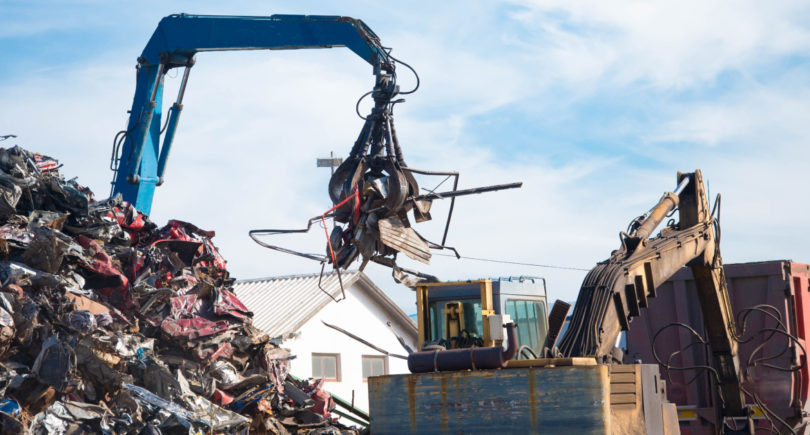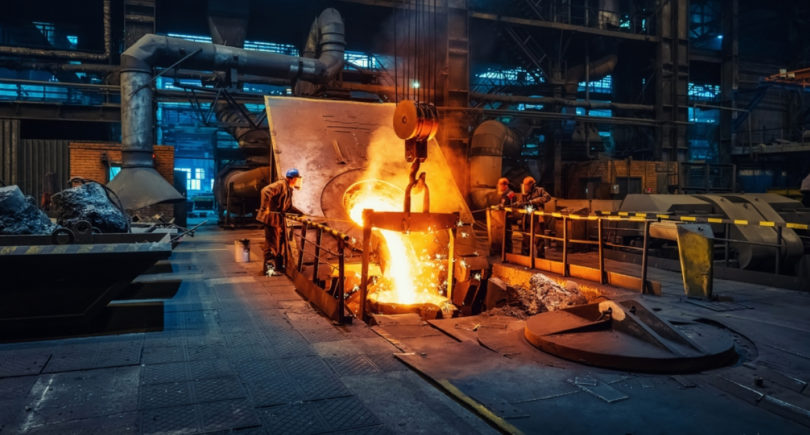
The main criticism of the Clean Industrial Deal is the lack of specifics
In late February, the European Commission presented the long-awaited Clean Industrial Deal (CID). It is positioned as a business plan to support the competitiveness and future of manufacturing industries in Europe and identifies decarbonization as a driving force.
Drivers of development
The document envisages measures aimed at strengthening the entire value chain and serves as a basis for tailoring actions in specific sectors.
The CID identifies the following as business drivers of industry success.
Reducing energy costs. One of the components of the Agreement is the Affordable Energy Action Plan. It is intended to accelerate the deployment of clean energy, electrification, and complement the European internal energy market. The document also envisages energy efficiency and reducing dependence on fossil fuel imports.
Increased demand for clean products. The law on accelerating industrial decarbonization should increase demand for clean products made in the EU by introducing appropriate criteria in public and private procurement. It will also introduce voluntary carbon intensity labeling for industrial products, starting with steel in 2025 and later cement. The EU will revise the public procurement framework in 2026.
Financing the clean transition. The EC has proposed to establish an Industrial Decarbonization Bank in 2026 with €100 billion in funding based on the existing Innovation Fund and revenues from parts of the Emissions Trading Scheme (ETS). The InvestEU instrument will also be modified to mobilize €50 billion of additional private and public investment. In addition, the European Investment Bank Group will launch a series of new specific financing instruments to support the Agreement.
Circularity and access to materials. The EU aims to ensure access to critical materials and reduce the impact of unreliable suppliers, while maximizing the bloc’s limited resources. In particular, the Commission promises to create a European Center for Critical Raw Materials to jointly procure them on behalf of interested companies and to adopt a law on the circular economy in 2026.
Actions on a global scale. In addition to existing and new trade agreements, the EC promises to soon launch the first Clean Trade and Investment Partnerships, in particular to diversify supply chains. At the same time, the institution will act decisively to protect European industry from unfair global competition and overcapacity.
The EC has also released Omnibus packages aimed at reducing bureaucratic red tape for citizens and businesses and easing the reporting requirements for the CBMS.
Demand for specifics
Since the publication of the Clean Industry Agreement, the European steel sector has been using the term “correct diagnosis” to describe the document. However, the industry continues to insist on “operational intervention” – specifying further actions.
Thus, EUROFER noted that specific solutions either remain open to further steps, such as global overcapacity and loopholes in the CBAM, or are considered through incomplete measures, as in the case of energy prices. The EBA believes that without a structural solution to these problems, worthy initiatives such as leading markets, a focus on European products and the circular economy will not be enough to change the situation.
Gert van Poelvoorde, CEO of ArcelorMittal’s European division, in a commentary to the Belgian public broadcaster VRT, called the Agreement still too vague. In his opinion, the big problems are trade and protection against carbon-intensive products at the borders, and the need to reduce imports to the region.
High energy prices remain one of the most pressing issues for the steel industry. The Spanish Unesid expressed concern about the lack of urgent solutions to this issue within the framework of the CID and the Affordable Energy Action Plan. The Spaniards emphasize that such instruments as long-term power purchase agreements have not yet brought tangible benefits to industrial consumers, not allowing them to pass on the low costs of renewable energy production. Unesid believes that a structural reform of the European electricity market is the way out.
The Polish Steel Association (HIPH) also pointed out that the already known solutions, such as PPA contracts, have only limited potential to reduce energy prices for steelmakers in the medium term.
Germany’s WV Stahl called the action plan on affordable energy disappointing. They noted that in addition to reducing electricity taxes and grid fees, they expected the document to become the basis for a competitive industrial price.
In addition, representatives of German steelmakers emphasize the urgent need to strengthen existing safeguard measures and find a further effective solution for the period from mid-2026, or to prevent the consequences of global overcapacity in the industry.
Returning to Antwerp
The Clean Industry Agreement comes a year after the Antwerp Declaration, a statement by 73 European business leaders calling for action to revitalize Europe’s industrial landscape, was released. So far, according to its coordinator, the European Chemical Industry Council (Cefic), more than 1.3 thousand participants have joined these demands.
The CID was presented in Antwerp, the main chemical center of the bloc and a transit point to foreign markets for goods produced in the EU. Large industrial associations have long been sounding the alarm about the region’s declining competitiveness compared to other large economies, such as the United States, China, and others.
As Cefic noted, the Agreement addressed nine out of ten of the declaration’s calls. “We need to transform Europe’s ambition to ‘be’ into a determination to ‘do’,” said Ilham Kadri, President of ICCA and Cefic, CEO of Syensqo.
The organization called for new EU initiatives to be evaluated according to certain criteria, such as whether they keep Europe independent, reduce energy prices, ease administrative burdens for companies, attract investment, create markets for environmentally friendly products, and protect quality jobs. If the answer to any of these questions is no, EU policymakers should revise the proposal accordingly.
Sectoral plans
However, the CID also sets a timeframe for the presentation of sectoral action plans. For example, such a roadmap for the automotive industry was published on March 5, and for the chemical industry it is planned for the end of 2025.
However, the automotive sector, which is the second largest consumer of steel in the EU (17% of total demand), has also asked for more specifics. For example, the European Automobile Manufacturers Association (ACEA) is calling for a “clear commitment” to start revising CO2 standards in 2025 for heavy-duty vehicles.
E-Mobility Europe argues that the EC should compensate for the relaxation of carbon emission limits for cars and vans for the current year by making every effort to increase demand for electric vehicles and support the European charging and battery sectors.
After the announcement of the Agreement, European steel producers expressed hope that more specific measures to support the sector would be outlined in the Steel and Metals Action Plan. The latter will include the results of a strategic dialogue with key representatives of the sector, which took place on March 4 under the chairmanship of EC President Ursula von der Leyen. The meeting was attended by such major market players as ArcelorMittal, Tata Steel, Thyssenkrupp, Salzgitter and others. On March 19, Stefan Sejourne, Executive Vice President of the European Commission, is to present the action plan for the steel industry.
The industrial sector mostly perceives the document as a starting point, not a complete plan. Industrialists are somewhat disappointed with the vagueness of the proposals and insist on urgent further concrete steps. The key issues for them remain the cost of energy (gas and electricity), protective trade barriers, real support, and consideration of the needs of different industries. At the same time, the issue of decarbonization and REDD is still a matter of debate. However, industry associations express their willingness to cooperate with the EC.





